Beijing Design Week 2012 report

There is a good deal of pressure that inevitably accompanies a follow-up effort. With that in mind, we eagerly headed back east to the second annual Beijing Design Week to see what its creative scene had up its sleeve. Touting a schedule of events that promised to be bigger and better than the year before, Beijing Design Week was poised to pull in the crowds for a second time running.
One of this year's big hits was the launch of a new fringe area, Cao Chang Di (CCD) - a unique village of creative and artist studios, which counts Ai Wei Wei among its many tenants. Under the curatorship of Beatrice Leanza and product designer Li Naihan, the area, which will continue to develop its design credo in years to come, delivered a strong debut, with an impressive selection of locally-based designers turning out new work especially for the event. Presentations took place within the compound's distinctive red brick buildings that are of Wei Wei's design, which are worthy of the journey to the outskirts of Beijing alone.
Among the memorable collections was the product design debut from Beijing-based architecture studio Micro Macro, run by Fuksas alumni Sara Bernadi and Andrea D'Antrati. Beijingers since 2010, the pair took inspiration from five archetypal Chinese furniture pieces - the alter table, folding screen, hanging lantern, tea table and stool - to create a contemporary collection made from construction steel, glass and concrete. In contrast to the roughness of the materials, each piece possessed a delicate quality, thanks to a fine treatment.
Another prominent collection came from Dutch transplant Henny van Nistelrooy, a Royal College of Arts graduate, who continued his explorations with woven textiles to create new geometric designs. His manipulations of fabrics are executed without a single cut so that no material goes to waste. The designer also worked with local woodworkers to develop one-off furniture frames, including a bench and a screen, to complement his handcrafted work.
Across town, there was the return of Dashilar Alley, a cluster of pop-up shops and exhibitions in a hutong located on the fringe of Tiananmen Square. Occupying a larger area in the neighbourhood than before, this area offered an eclectic mix of work, from a public pavilion created by the Campana Brothers to an exhibition showcasing the breadth of Chinese zine culture. A whimsical pop-up café by multidisciplinary studio Jellymon offered gourmet versions of classic Chinese condiments and the typical street treat, jian bing (savoury crepe).
The strongest point of Beijing Design Week, however, is undoubtedly its ability to take advantage of the varied architecture and landscape of its home, from the abandoned industrial buildings that dominate its main design hub, 751 D-Park, to the winding, more intimate alleys and factory structures of Dashilar. Beijing Design Week's union of creative past and present bodes well for its promising future.
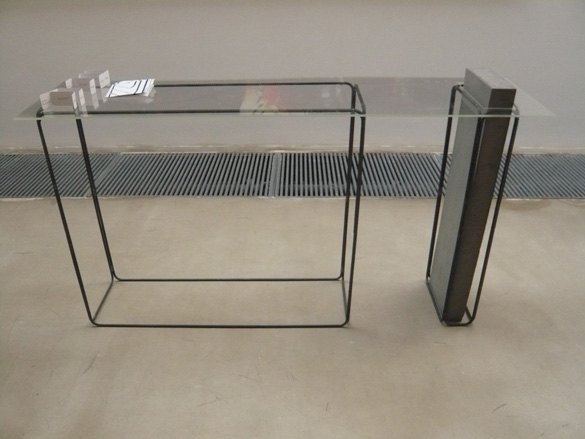
A modern take on the alter table, made from construction materials, by Micro Macro

One of four screen designs by architecture studio Micro Macro

A daybed by Studio Henny van Nistelrooy, which features deconstructed fabrics from Bute

A fabric folding-screen from the same 'Shelter' collection from Studio HVN. Each piece is unique and boasts frames made locally by Chinese craftsmen

The main hub of Beijing Design Week, the industrial 751 D-Park, featured a new exhibition area devoted to Italian design in an old water tank

Aida studio's light installation 'Milky Wave' was created using discarded Chinese yogurt pots found within the hutong

A bamboo dining table and chair by Jeff Dayu Shi of Dragonfly Design Center, created especially for the Capital M restaurant

A folding screen also by Dragonfly Design Center made from plaited bamboo, which is more commonly used to make sieves for tea picking

An overgrown, ex-hostel turned exhibition space in Dashilar

A display of condiments at Jellymon's pop-up café, A Spoonful of Sugar, in Dashilar
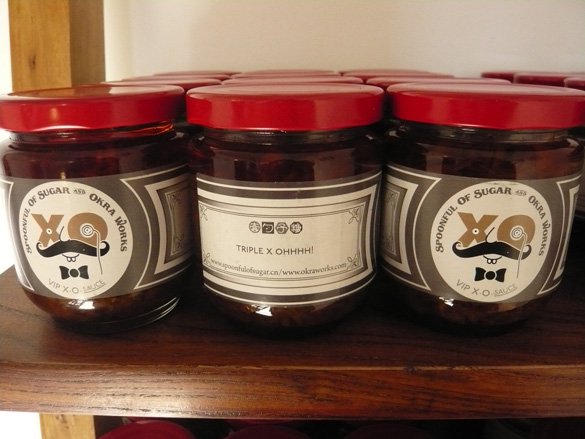
A contemporary take on a Chinese essential: XO sauce

The tempting fusion menu on offer

Traditional Beijing street food gets a fancy facelift. Bray's chef, Max Levy, devised the elevated version of the savoury breakfast crepe, jian bing, complete with homemade sausages and condiments

'Brachina': an organic, rubber pavilion designed by the Campana Brothers, inspired by the Dashilar area

'Paper Instinct', an exhibition of Chinese zines curated by Qing Qing Chen, Ronald Tau and Jiang Jian of design firm Joyn:Viscom provided a window on the nation's independent publishing scene

A door to the show covered with pages from zines

Images from 'Colour Space', a short film and installation by London-based Praline design studio and Wallpaper*-collaborator John Short, which represents different sound frequencies as varying coloured pigments.

Inspired by the proliferation of instructional videos on Youtube, Studio BET and Zara Arshad's 'How To…' group show invited designers to create new objects based on a video of a skill or craft being taught

This Ming Dynasty-style table and chair pairing by Xiao Tianyu were created in response to an instructional You Tube video on how to make a fishing lure by hand

Sayaka Yamamoto of BCXSY, who were amongst the invited designers who created a public park bench that reflects the needs of Dashilar locals

Photographs documenting BCXSY's research for the project

Chinese minimalist chic at Beijing favourite, Lost and Found

'Unmade in China' presented 12 unbuilt and abandoned architectural projects in the country and shone a light on the counterpoint to the Chinese construction boom. NADAAA's Tongxian Art Center was actually built but never put into use

A model of MVRDV's Long Tan Park housing project in Liuzhou

The dramatic 751 D-Park complex

We got the chance to visit the studio of established Chinese furniture designer Sun Tao

A piece by iconic Chinese artist Liu Xiao Kang, also on display at Sun Tao's studio

Another traditional furniture archetype gets a contemporary makeover by Sa Ri Na

More fusions of old and new: a series of traditional chairs rendered in denim fabric covers by Zhang Jie

The Fodder Factory, a café/restaurant located within Cao Chang Di

Vintage curiosities adorn a wall at The Fodder Factory

A plate of cauliflower served up at The Fodder Factory

Cao Chang Di's distinctive red brick buildings, designed by Ai Wei Wei

A collection of rehabilitated chairs by Shanghainese set designer Gu Yeli, who adds blocks wound with coloured string to create a woodgrain-like effect

A Chinese chessboard and seesaw all-in-one, conceived by Dotdotdot, pays tribute to the communal element of games in the public space
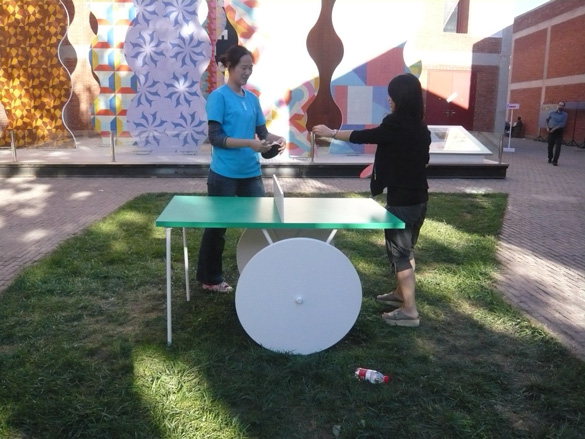
A communal table tennis table, also part of the Interactive Furniture collection, by Dotdotdot

'Instant Hutong' wallpaper by Marcella Campa and Stefano Avesani. The colours reflect the colour coding used in urban planning
Wallpaper* Newsletter
Receive our daily digest of inspiration, escapism and design stories from around the world direct to your inbox.
Pei-Ru Keh is a former US Editor at Wallpaper*. Born and raised in Singapore, she has been a New Yorker since 2013. Pei-Ru held various titles at Wallpaper* between 2007 and 2023. She reports on design, tech, art, architecture, fashion, beauty and lifestyle happenings in the United States, both in print and digitally. Pei-Ru took a key role in championing diversity and representation within Wallpaper's content pillars, actively seeking out stories that reflect a wide range of perspectives. She lives in Brooklyn with her husband and two children, and is currently learning how to drive.
-
 All-In is the Paris-based label making full-force fashion for main character dressing
All-In is the Paris-based label making full-force fashion for main character dressingPart of our monthly Uprising series, Wallpaper* meets Benjamin Barron and Bror August Vestbø of All-In, the LVMH Prize-nominated label which bases its collections on a riotous cast of characters – real and imagined
By Orla Brennan
-
 Maserati joins forces with Giorgetti for a turbo-charged relationship
Maserati joins forces with Giorgetti for a turbo-charged relationshipAnnouncing their marriage during Milan Design Week, the brands unveiled a collection, a car and a long term commitment
By Hugo Macdonald
-
 Through an innovative new training program, Poltrona Frau aims to safeguard Italian craft
Through an innovative new training program, Poltrona Frau aims to safeguard Italian craftThe heritage furniture manufacturer is training a new generation of leather artisans
By Cristina Kiran Piotti
-
 New global design destination House of Wang opens in Beijing
New global design destination House of Wang opens in BeijingA new retail destination offering a curated edit of the best contemporary design opens its doors within a historical setting
By Rosa Bertoli
-
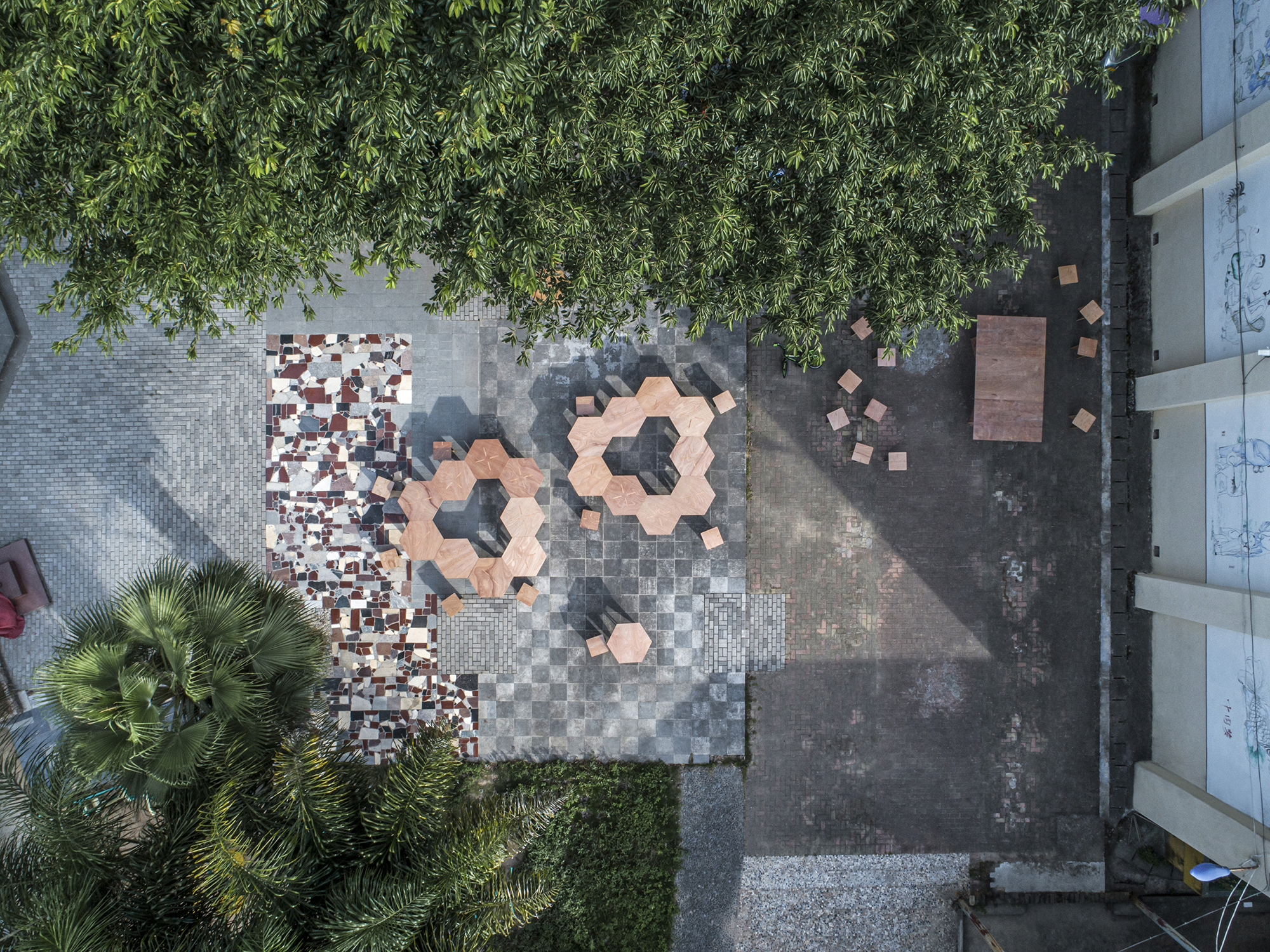 Plywood pavilion transforms into 410 furniture pieces
Plywood pavilion transforms into 410 furniture piecesIn Fuqing, a small rural community in China, 410 plywood tables and chairs have been constructed from Furniture Pavilion S, an architect-built exhibition space, giving a new lease of life to this temporary structure
By Sujata Burman
-
 Meet the next generation of creative forces reshaping Chinese design topography
Meet the next generation of creative forces reshaping Chinese design topographyBy Yoko Choy
-
 China’s design footprint evolves with a new Beijing showcase
China’s design footprint evolves with a new Beijing showcaseBy Danielle Demetriou
-
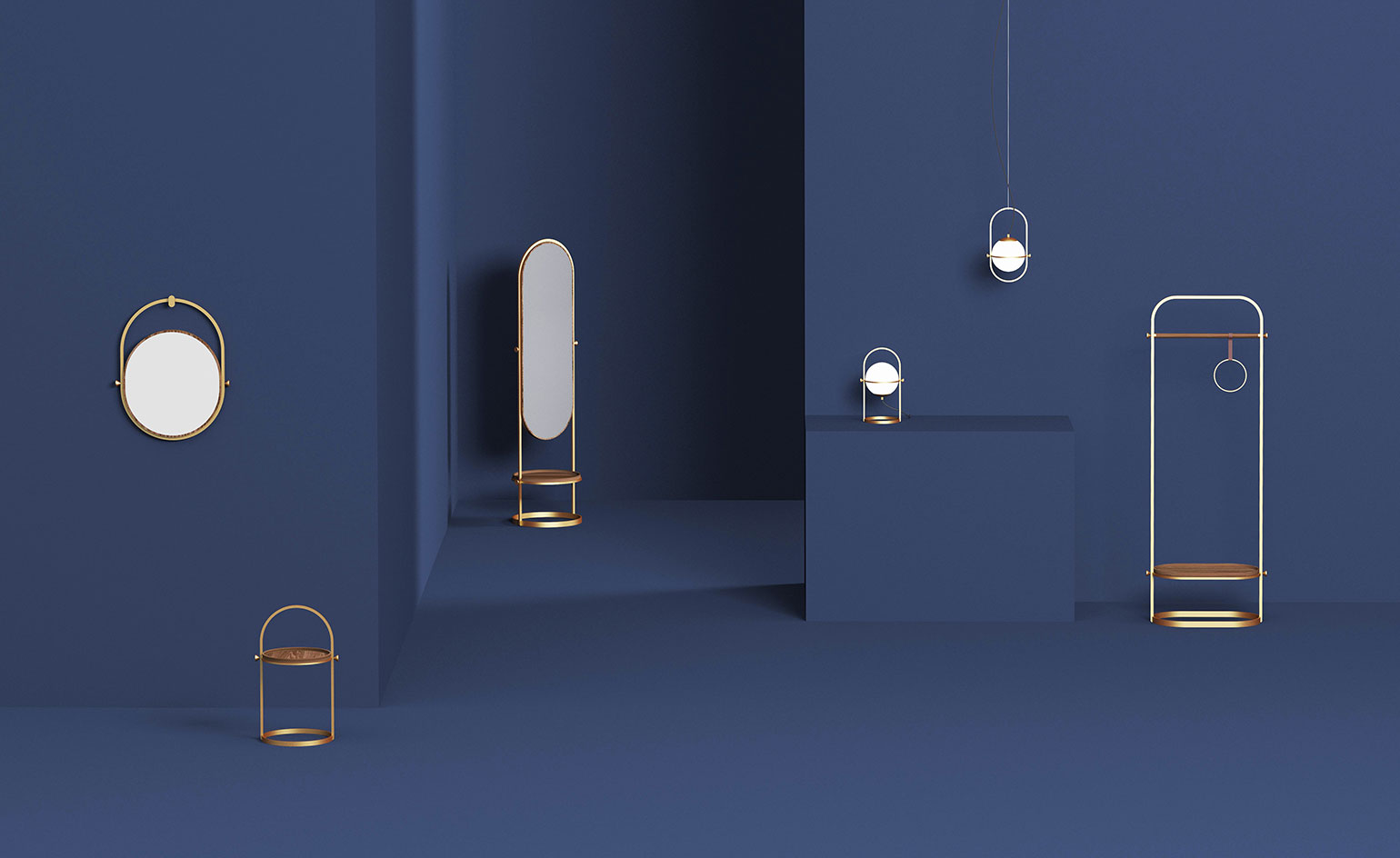 Top 9 Chinese designers at Design Shanghai
Top 9 Chinese designers at Design ShanghaiBy Yoko Choy
-
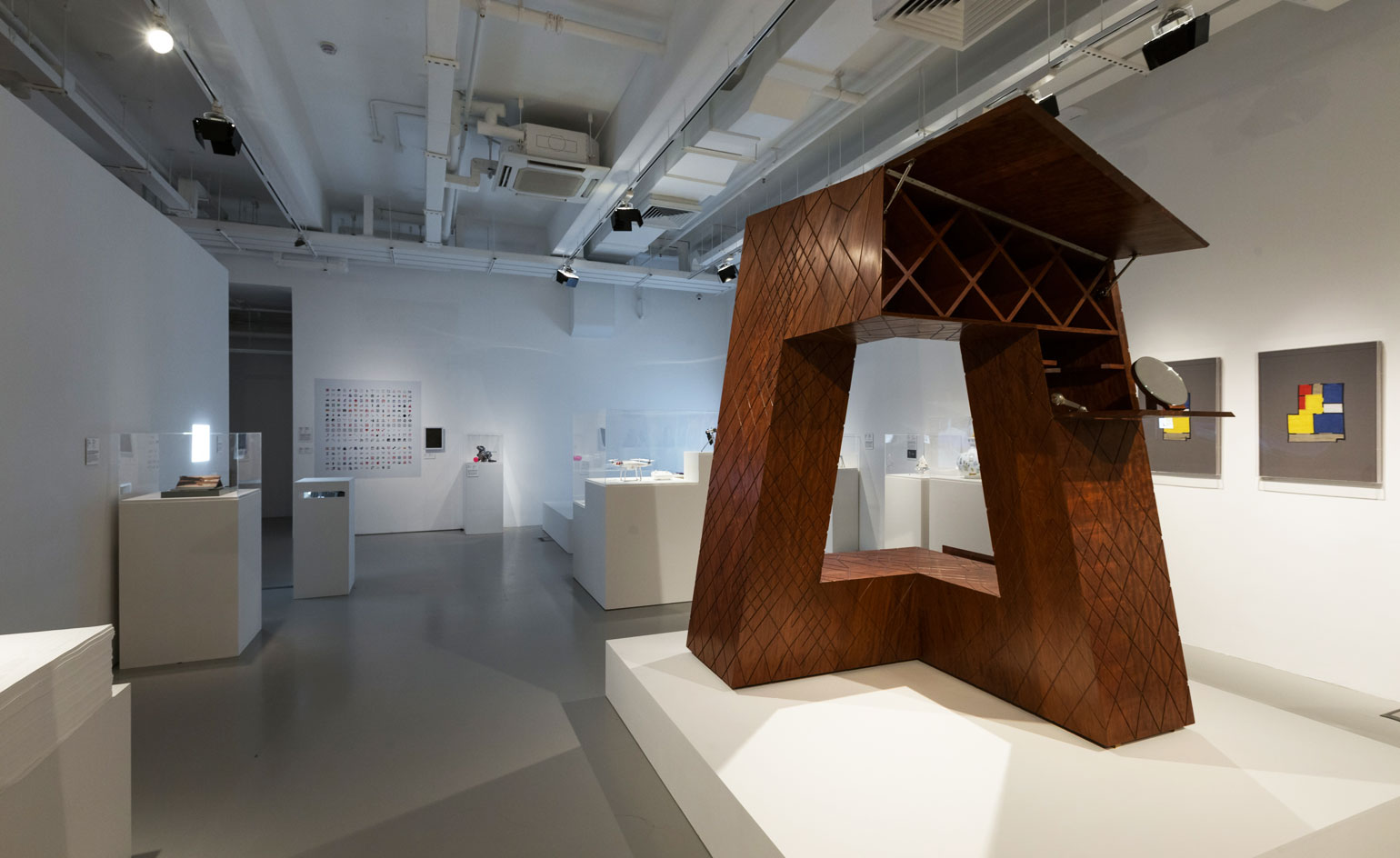 Shifting perspectives: from Nendo to Naihan Li, a survey of Asian design opens at M+ Hong Kong
Shifting perspectives: from Nendo to Naihan Li, a survey of Asian design opens at M+ Hong KongBy Catherine Shaw
-
 At Hong Kong Department Store, savour local design and the city’s forgotten crafts
At Hong Kong Department Store, savour local design and the city’s forgotten craftsBy Yoko Choy
-
 Metallic moments: Michael Young presents the evolution of aluminium
Metallic moments: Michael Young presents the evolution of aluminiumBy Sujata Burman